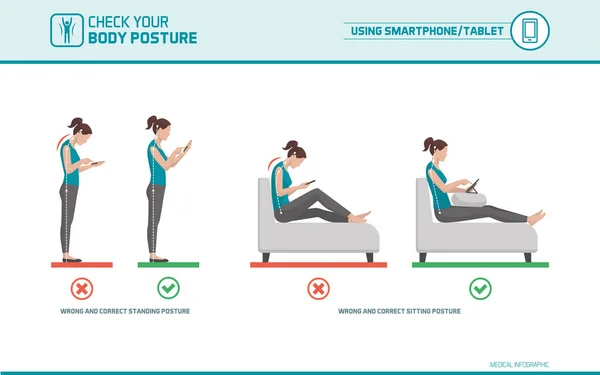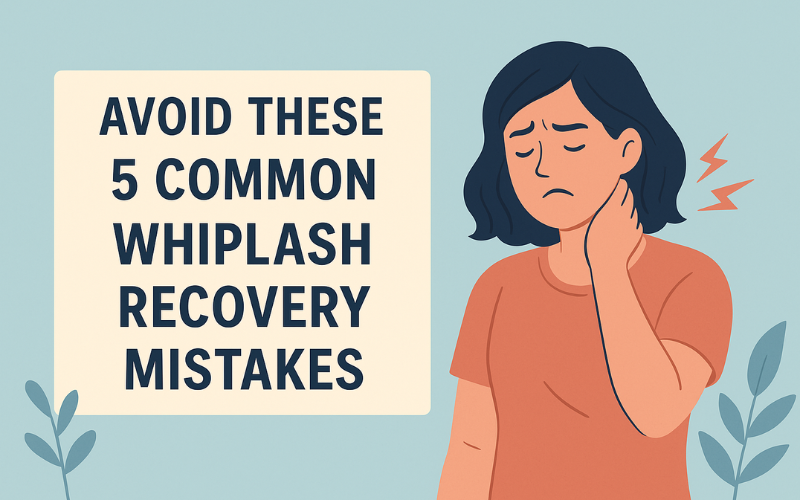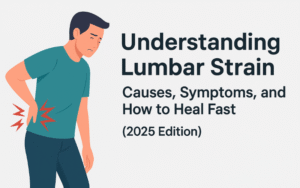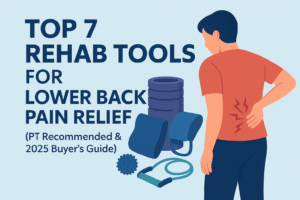Whiplash recovery mistakes are more common than you might think—and they can make your pain worse or last longer. After a car accident or sudden neck injury, it’s easy to do things that feel normal but actually slow down healing. In this article, we’ll go over 5 common mistakes people make during whiplash recovery and show you how to avoid them so you can heal faster and feel better sooner.
Table of Contents
🚨 Looking for more information about Whiplash Injuries? Check out our Whiplash After a Car Accident: What You Should Know or other related posts throughout this site.
🏁 Intro: What is Whiplash?
Whiplash is a neck injury caused by a sudden, forceful back-and-forth movement of the head—like what happens in a car accident or sports hit. This motion can stretch or tear muscles, tendons, and ligaments in the neck.

1. ⚠️ Ignoring Early Whiplash Symptoms
One of the most common whiplash recovery mistakes is ignoring the early signs of injury. After a car accident or sudden impact, some people don’t feel pain right away. They may think they’re fine and go back to normal activities too soon.
But whiplash symptoms can show up hours—or even days—later. These may include:
- Neck stiffness or pain
- Headaches
- Shoulder or upper back soreness
- Dizziness or trouble focusing
If left untreated, these symptoms can get worse and delay your recovery.
🔹Why it matters:
Whiplash is a soft tissue injury. That means your muscles, ligaments, and tendons may be strained or inflamed. Without proper care early on, these injuries can become long-term problems.
💡What to do instead:
See a healthcare provider as soon as possible after the injury—even if your pain feels mild. They may suggest rest, ice/heat, gentle stretches, or physical therapy to help you heal faster and avoid complications.
2. 🩺 Skipping Medical Evaluation or Physical Therapy
Another major whiplash recovery mistake is skipping medical care—especially physical therapy. Many people assume the pain will go away on its own. Others may avoid treatment to save time or money. But this can lead to long-term pain, stiffness, and loss of mobility.
🔹Why it matters:
Whiplash affects the soft tissues in your neck, and without guided rehab, these tissues may not heal correctly. This can cause weakness, poor posture, and even chronic neck issues months later.
❓Do you need physical therapy for whiplash?
In many cases—yes. A physical therapist can teach you safe stretches and exercises that improve mobility, reduce pain, and strengthen your neck and upper back.

💡What to do instead:
- Always get checked by a doctor after a neck injury
- Ask about a referral to a physical therapist
- Stick with your treatment plan, even if you start to feel better
3. 🛏️ Relying Only on Rest Without Gentle Movement
Too much rest might seem like the right choice after an injury, but it’s one of the most overlooked whiplash recovery mistakes. While resting for a day or two is helpful, staying inactive for too long can actually slow healing and increase stiffness.
🔹Why it matters:
Your neck muscles and joints need gentle movement to stay flexible and healthy. When you avoid all activity, your body can become weaker and tighter, making recovery harder and more painful.
❓How much rest is too much?
If you’re still avoiding movement after 2–3 days, it’s time to start light activity. That doesn’t mean going back to full workouts—it means safe, controlled motion to help your body heal.
💡What to do instead:
- Try simple range-of-motion exercises (ask your doctor or physical therapist first)
- Take short walks to keep your blood flowing
- Avoid sudden or jerky head movements, but don’t keep your neck completely still
4. 🚫 Using Poor Posture After the Injury
Poor posture is one of the sneakiest whiplash recovery mistakes people make—often without realizing it. Slouching at a desk, looking down at your phone, or sleeping in the wrong position can put extra stress on an already injured neck.
🔹Why it matters:
When your neck is healing, it’s more sensitive to strain. Bad posture can slow down recovery and make symptoms like stiffness, headaches, and neck pain worse.
❓Are you making these posture mistakes?
- Hunching over your computer or phone
- Sleeping without proper neck support
- Sitting or standing with your head forward for long periods
💡What to do instead:
- Keep your head aligned with your spine—ears over shoulders
- Use a supportive pillow that keeps your neck in a neutral position
- Take breaks during the day to stretch and reset your posture

5. 🏋️ Returning to Normal Activities Too Soon
Pushing yourself too hard, too fast is one of the most damaging whiplash recovery mistakes. Many people feel a little better after a few days and assume they’re ready to go back to work, sports, or heavy lifting. But rushing recovery can make your symptoms return—or even cause new injuries.
🔹Why it matters:
Your neck tissues need time to heal fully. Just because the pain has eased doesn’t mean the injury is gone. Going back to intense activity too early can cause setbacks, inflammation, and longer recovery times.
🎯Common signs you’re not ready:
- Pain during or after movement
- Increased stiffness or headaches
- Fatigue after normal tasks
💡What to do instead:
- Follow your doctor or physical therapist’s timeline
- Ease back into activities slowly
- Stop and rest if symptoms return
✅ Conclusion: Heal Smarter, Not Harder
Recovering from whiplash takes time, patience, and the right steps. By avoiding these 5 common whiplash recovery mistakes, you can protect your neck, reduce pain, and speed up the healing process.
Remember:
- Don’t ignore your symptoms
- Get the care your body needs
- Keep moving safely
- Watch your posture
- And take your time before jumping back into daily routines
The right actions now can prevent long-term problems later. If you’re unsure what to do next, talk to your doctor or a licensed physical therapist—they’ll help guide you back to full recovery.
📢 Before you go! Sign up below for weekly home recovery tips, injury rehab advice, and therapist-approved gear reviews straight to your inbox!!





